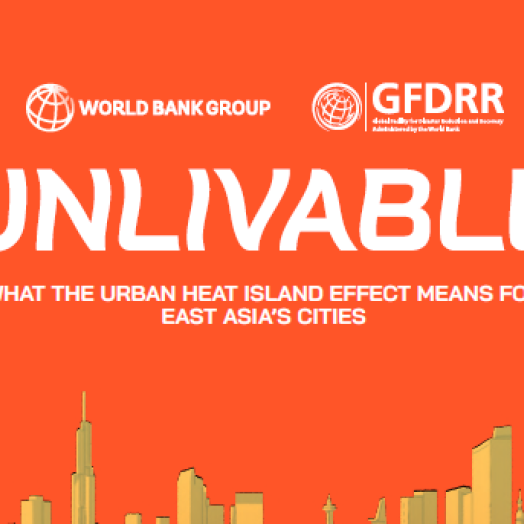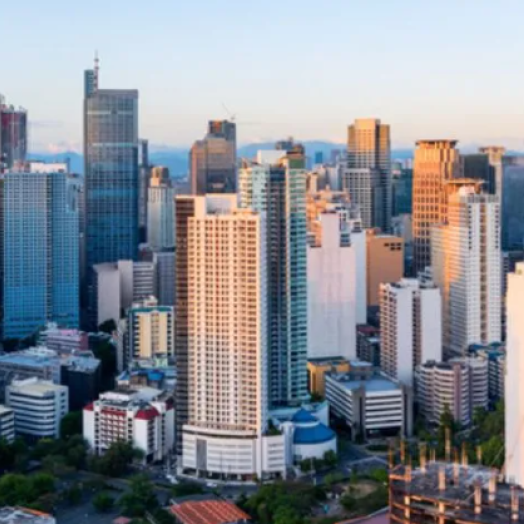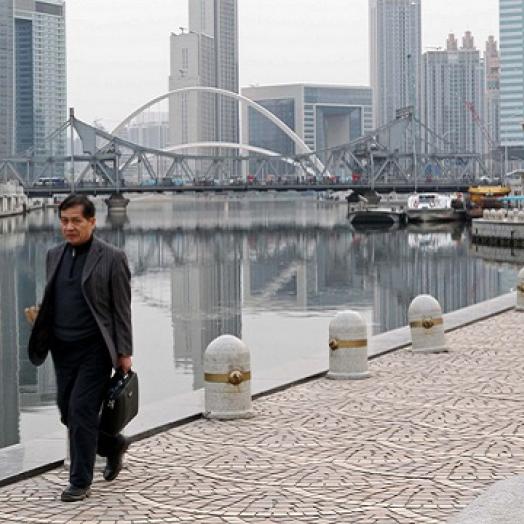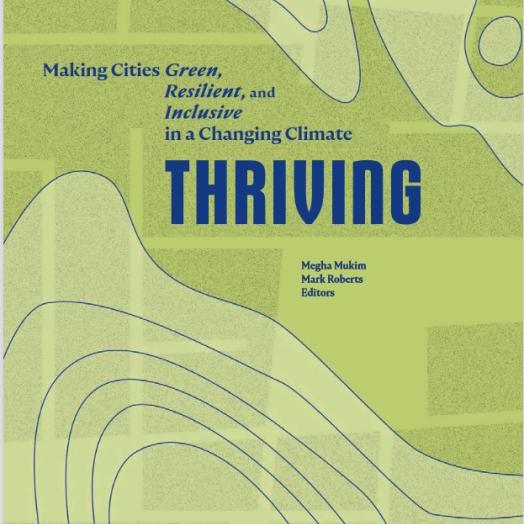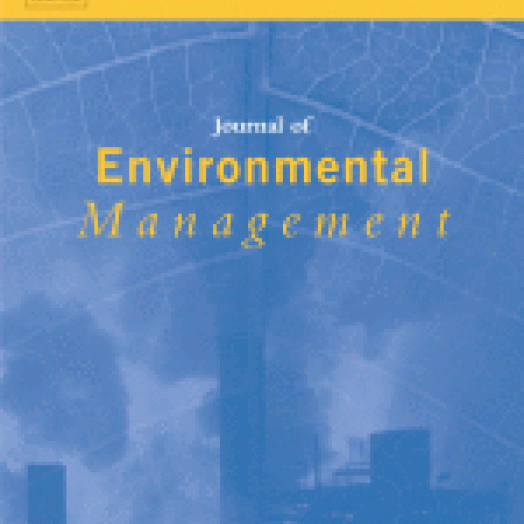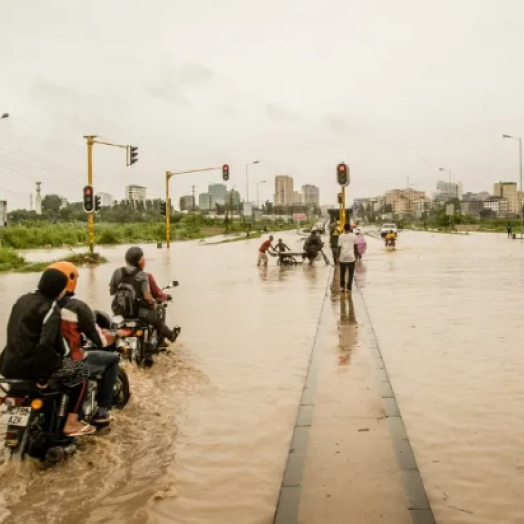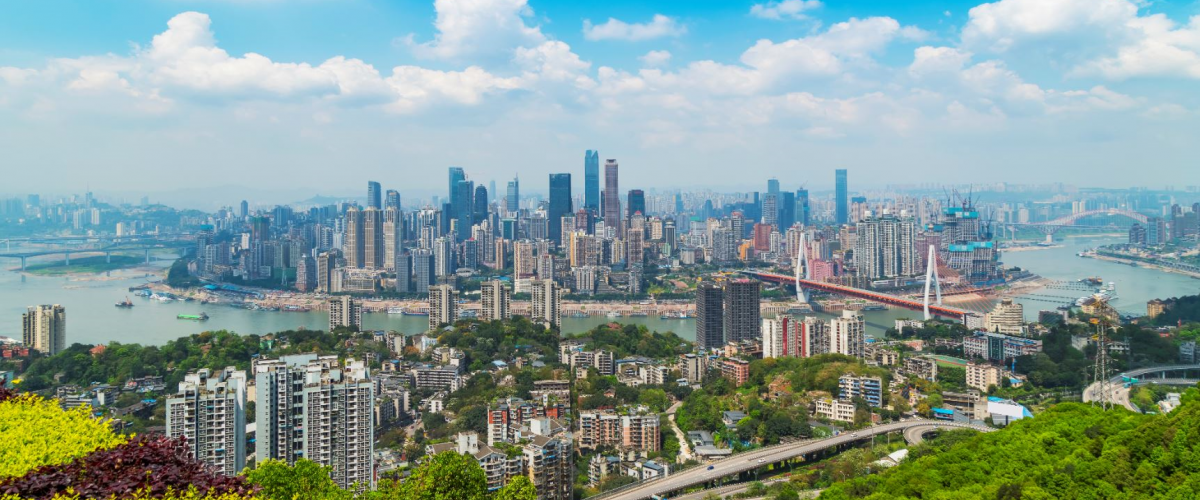Cities are growing rapidly: urban areas are adding 1.4 million people every week, and more than half of the land projected to be urban by 2030 has not yet been developed. As losses associated with natural events continue to increase, the decisions that cities make now about investment, infrastructure, and land use are vital for increasing resilience. By helping cities both avoid losses from disasters, and prevent affected citizens from sliding into poverty, improved urban resilience can safeguard development gains for future generations.
GFDRR's work on resilient cities supports cities in strengthening their ability to better manage ongoing stresses and prepare for, withstand, and recover from acute shocks. We also work with cities to develop tools and knowledge that help decision-makers and municipal leaders determine where to reform policies, and where and how to invest to increase their city’s resilience. Further, we also offer support that cuts across all sectors, taking a broad, inclusive approach to the highly interrelated challenges that cities face.
Highlights from Resilient Cities
Pillars of our Resilient Cities Work
The initiative develops new tools, methodologies, and knowledge on urban resilience for decision-makers. These knowledge products not only help municipal leaders decide how to invest resources and reform policies in order to best build and maintain resilience – they also fill gaps in our current global knowledge about how to approach the problems that growing cities face.
- The CityStrength Diagnostic helps urban stakeholders understand risk and act to reduce it. The diagnostic identifies the primary risks in each key municipal sector and offers options to mitigate those risks, helping decision-makers look across all sectors and determine priority investments and action.
- The Building Regulation for Resilience Program focuses on reducing underlying risk by improving building standards and their enforcement. The program partners with cities to determine how building standards can be better developed and implemented, and how cities can encourage better compliance –protecting lives and property from both chronic and acute disasters.
The Urban Resilience initiative works to advance the World Bank’s thinking and activities as it supports cities in becoming more resilient. The initiative aims to increase the quantity and quality of Bank engagement in Urban Resilience:
- "Investing in Urban Resilience," a major joint GFDRR/World Bank report, sets out how the World Bank Group can facilitate and encourage greater public- and private-sector investment in urban resilience. The report makes the case that stepping up its engagement in urban resilience is crucial for helping the World Bank achieve its goals of eliminating poverty and promoting shared prosperity.
- A grant was provided to support the World Bank's Resilient Cities Program, which aims to benefit a billion people and enable 50 million to escape poverty over the next 20 years by leveraging $500 billion of private capital to finance resilience in 500 cities.
- An extensive strategy is being developed to help scale-up the World Bank’s engagement in urban resilience, including a dedicated program focused on helping the Bank increase and improve its activities in the field.
Partnerships with other international organizations, with cities, and with operational partners are a key and necessary part of making cities around the world able to withstand shocks and stresses. Urban Resilience continues to build large-scale partnerships, including:
- Initiated in 2014, the Medellin Collaboration brings together 10 organizations, including GFDRR, the World Bank, UN-Habitat, and UNISDR. The organizations share knowledge, and coordinate their work across their comparative advantages to help particular cities boost their resilience.
- The Rockefeller 100 Resilient Cities Program offers human resources and technical assistance to help cities develop a roadmap to resilience, but does not have the resources to provide the follow-up financing to help cities implement their resilience plan. GFDRR’s partnership ensures that cities have the financial support to make the jump from roadmap to resilience.
- The Cities Alliance is helping to fund and implement a Joint Work Program on Urban Resilience, drawn up by the Medellin Collaboration, of resilience activities that members can pursue together. The Alliance has also helped the World Bank further develop, in partnership with the C40 Cities Climate Leadership Group, a climate change action planning tool for cities.

